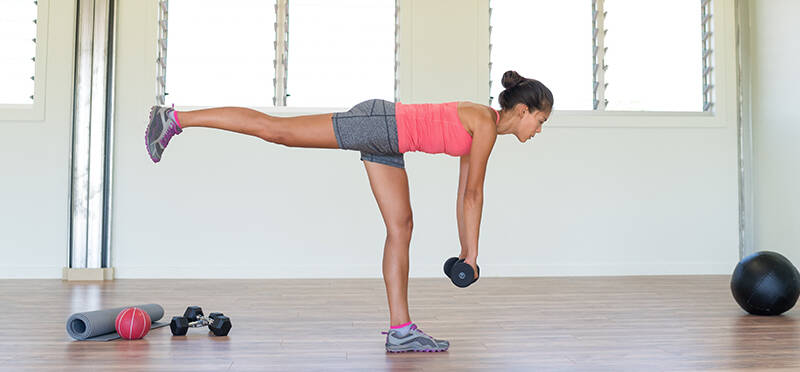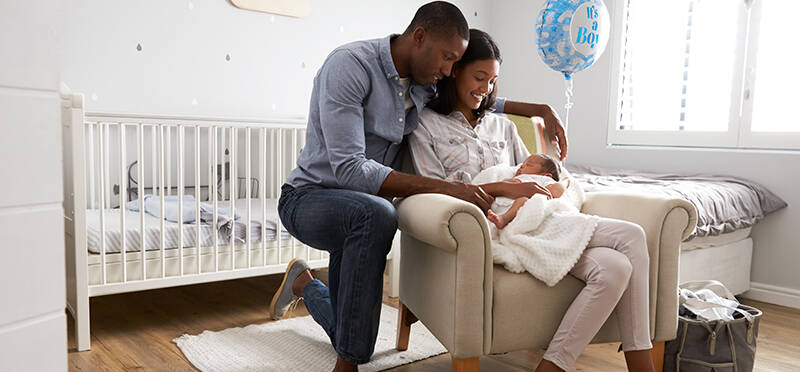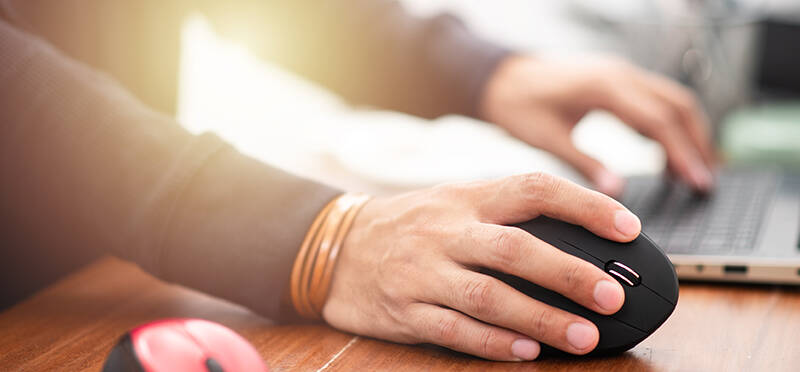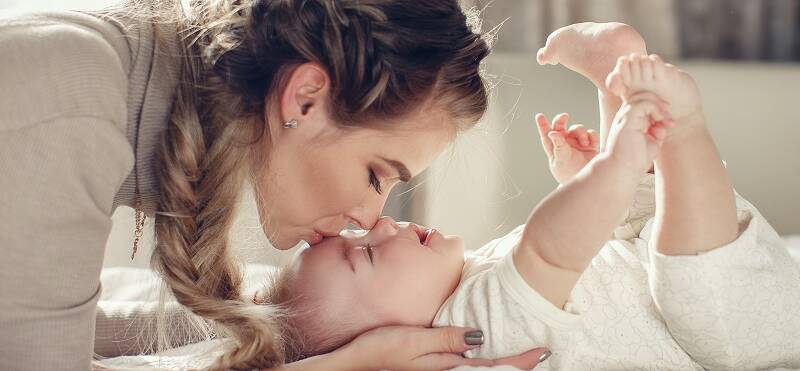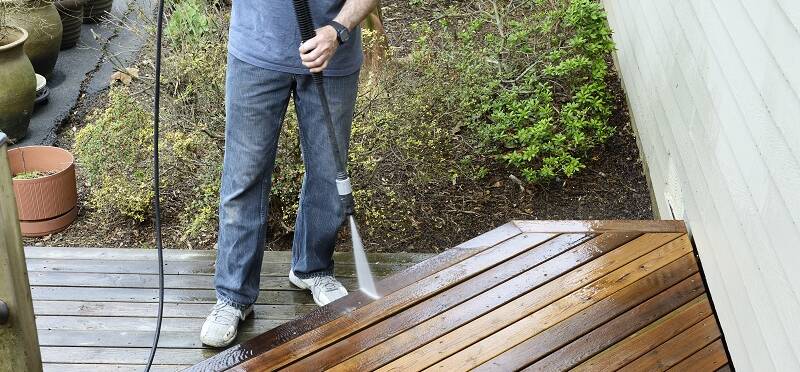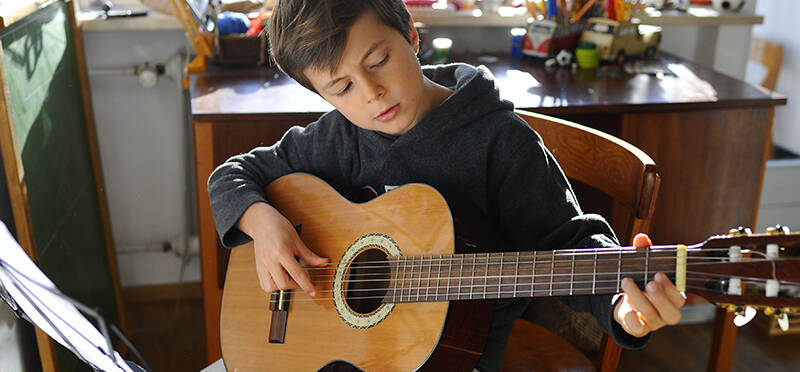What is Pre-hab?
Posted on July 13, 2020 by Tara Hackney, PT, DPT, OCS, KTTP
Do you have a surgery planned soon? Is your sport physically demanding and places you at increased risk of injury?...
(more…)





